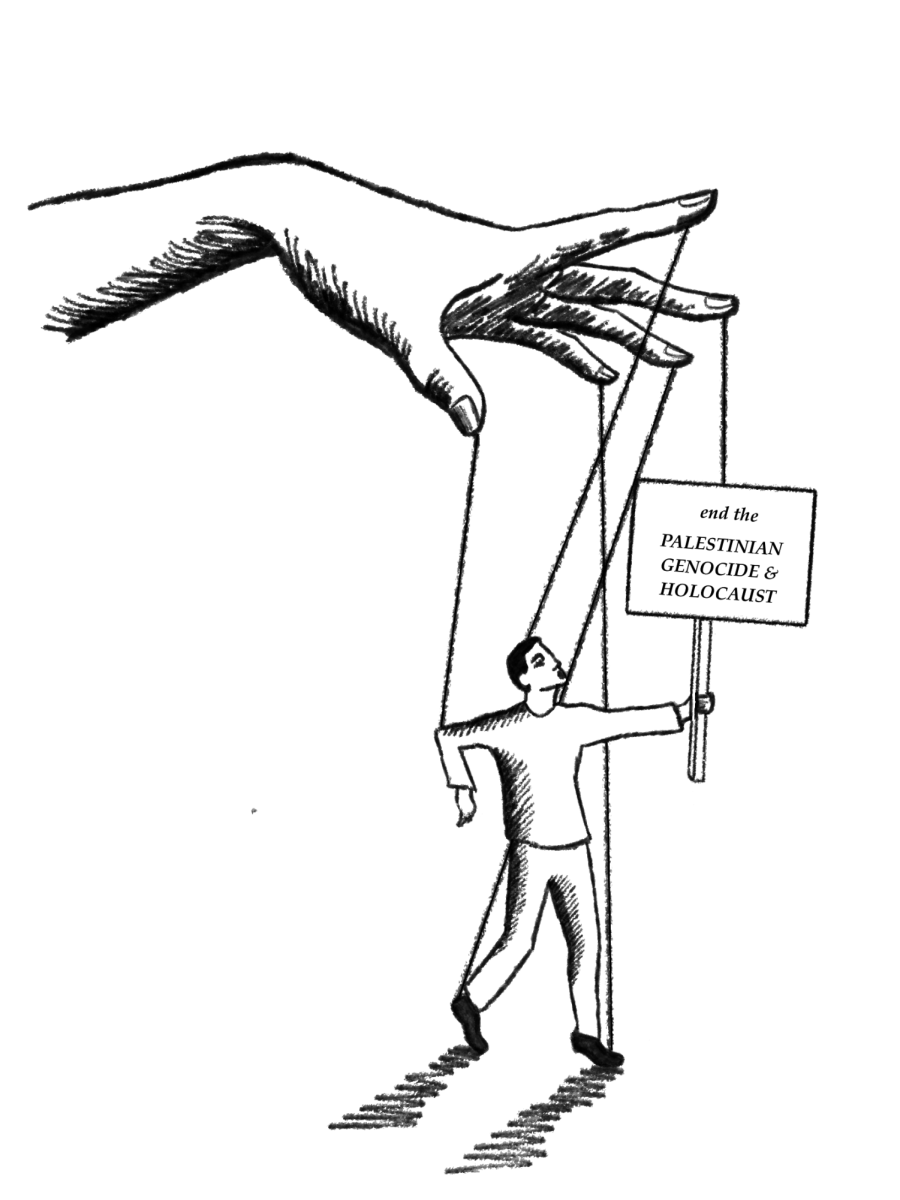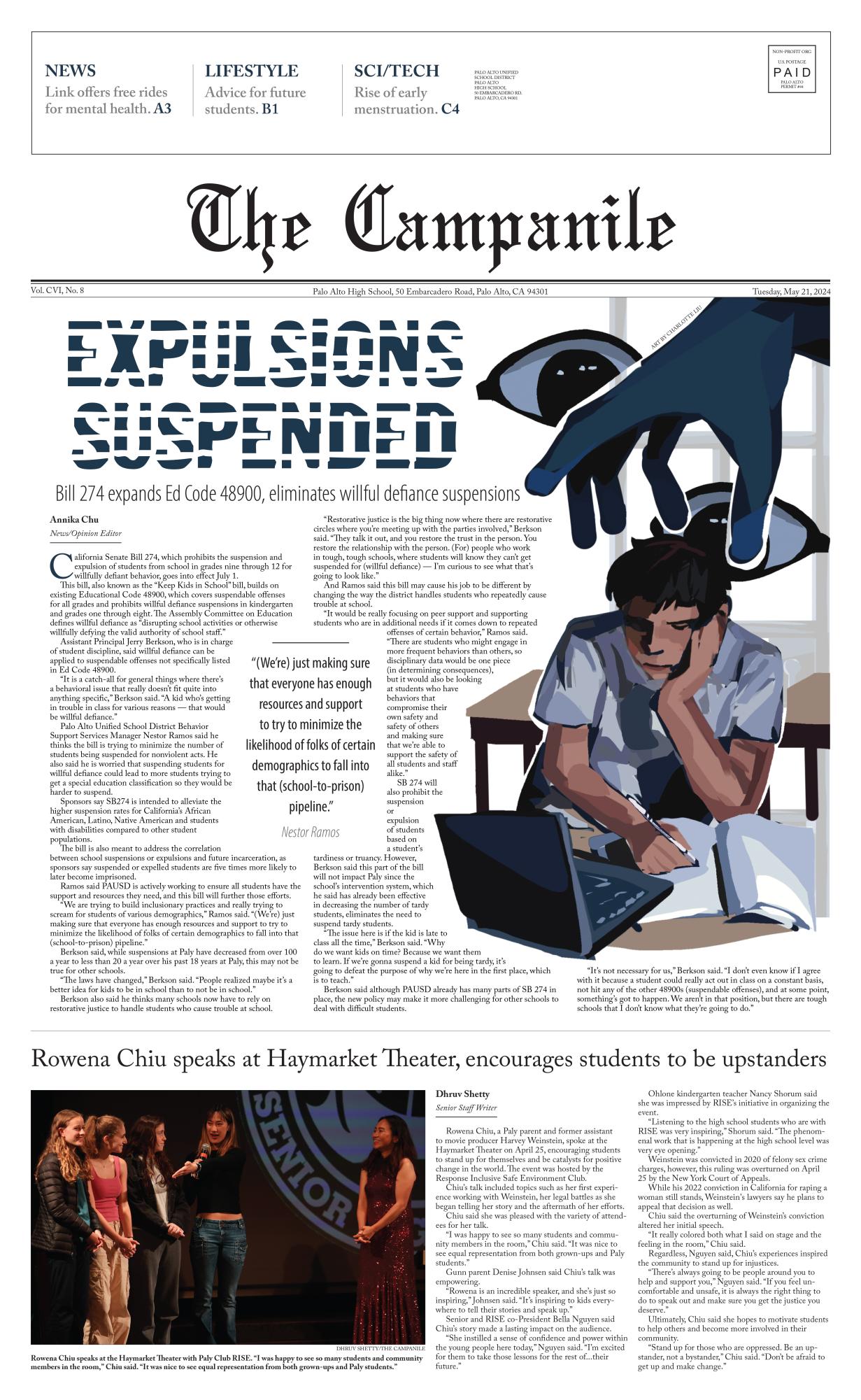Everyone has heard of the “easy” teacher. Theoretically, all classes should be equal indifficulty with the same material. The only discrepancy should be teaching method, but this isn’t the case.
Most teachers have a lot more control and flexibility. Not only with the way they teach the class but also with the material, grading scale and grade weighting. This can result in vastly different grades from teacher to teacher of theoretically the same class.
It doesn’t seem fair that classes have different workloads solely because of the teacher. After all, colleges don’t know one teacher from anvother.So what’s the fix?
You’ll notice that you’ve never heard of an “easy” math teacher. This is because the math department is standardized, meaning that every single teacher has to teach the same material at the same time and that every assignment is graded on the same scale.
So why not standardize every department? This doesn’t work because teachers need flexibility. In English, for example, teachers need flexibility because there isn’t one correct response to an essay like there is to a math question.
Teachers also need flexibility in their classrooms because not every class is the same. Every class learns at a different rate and teachers need to be able to adapt. The math department deals with this by having different lanes.
One obvious way to standardize classes, while allowing sufficient flexibility, is to create several lanes. However, there are flaws. One flaw is that more lanes requires more classes and more students.
Another flaw is that even with multiple lanes, such as in the English department, teachers still can have a lot of control and flexibility. Ironically, teachers need flexibility to keep things fair, but it is this flexibility that students complain about as unfair. Lanes also create an unwanted socio- economic imbalance, which was the reason for the consolidation of the non-AP senior English classes.
The root of the problem is that every teacher has a different idea of an acceptable grade. For example, a teacher who believes a C is an acceptable grade builds the material expecting an average of a C. Another teacher might consider a B acceptable and plan the curriculum accordingly. This difference explains the disconnect in between class grade averages.
Because of this standardization issue, it is unreasonable to expect any two classes to have the same level of difficulty. So please, for the rest of us, stop complaining.








